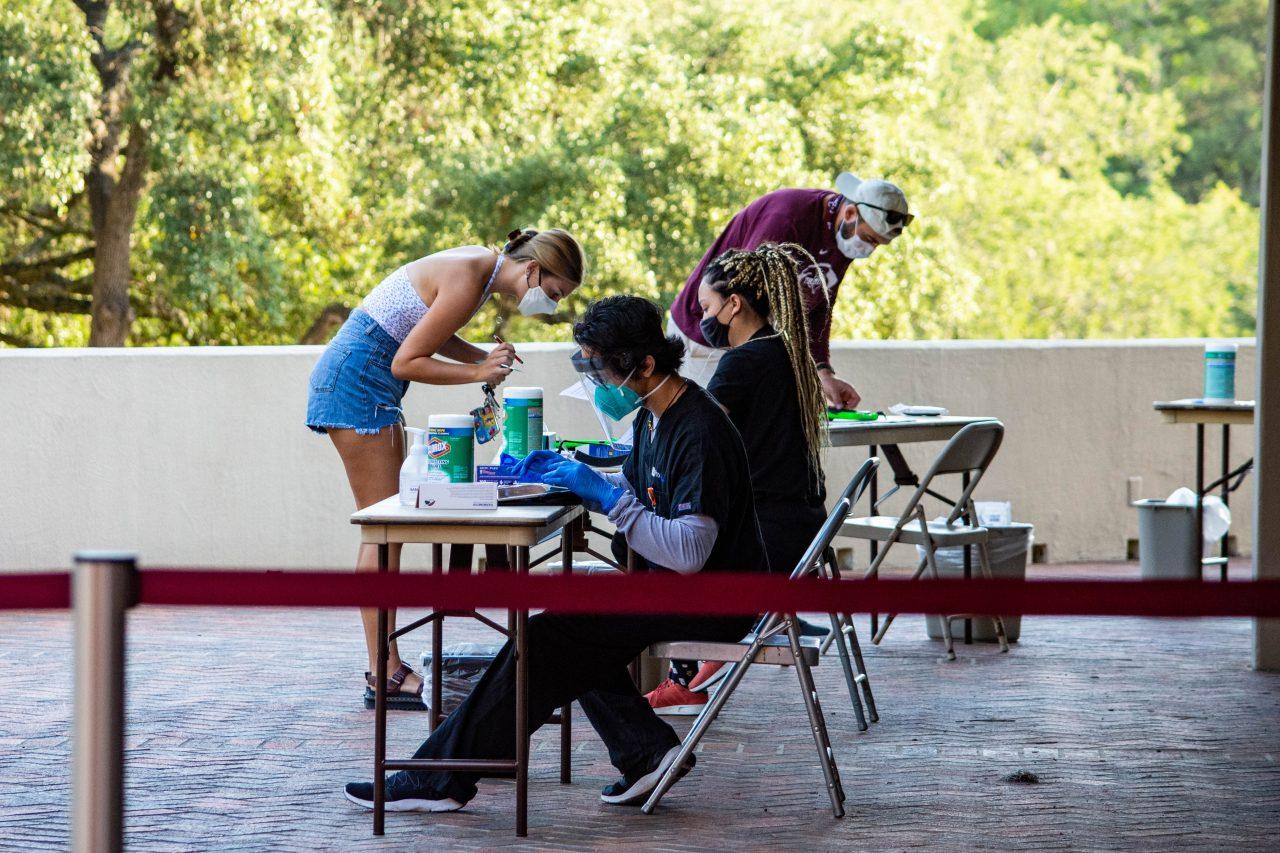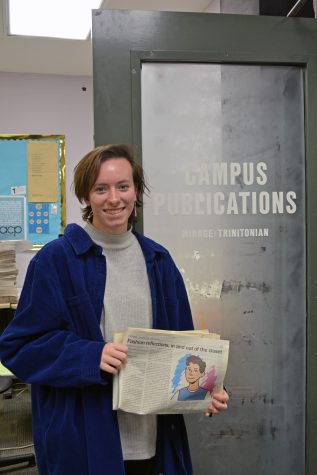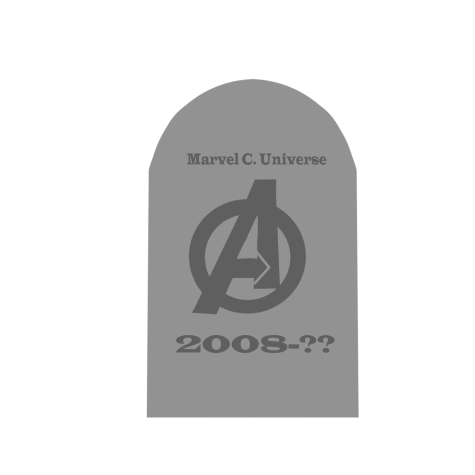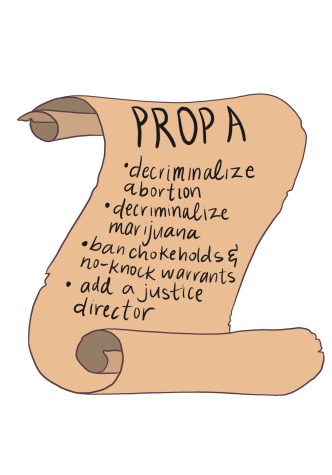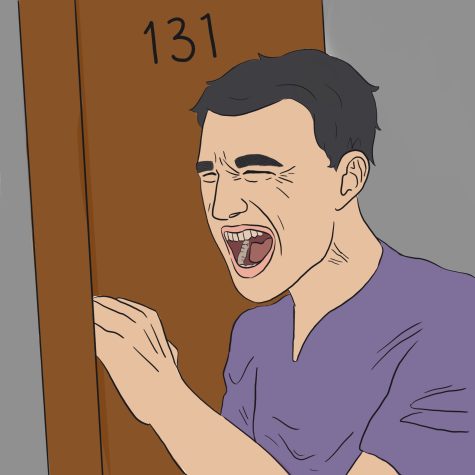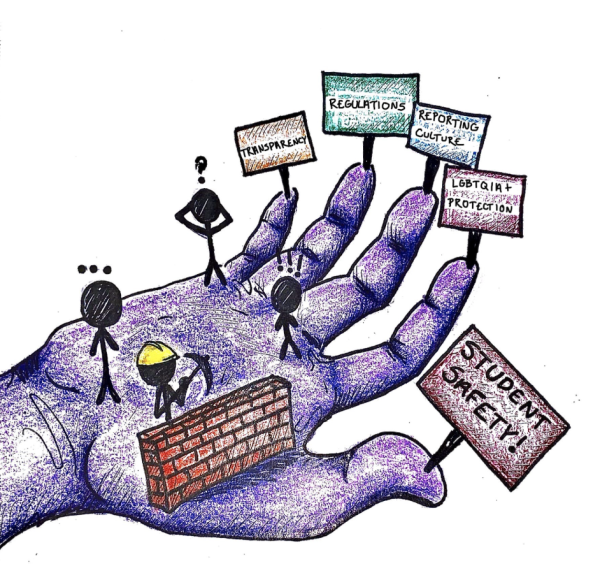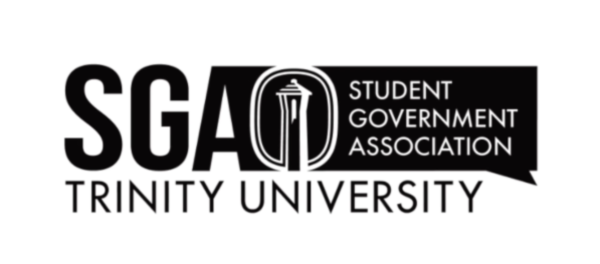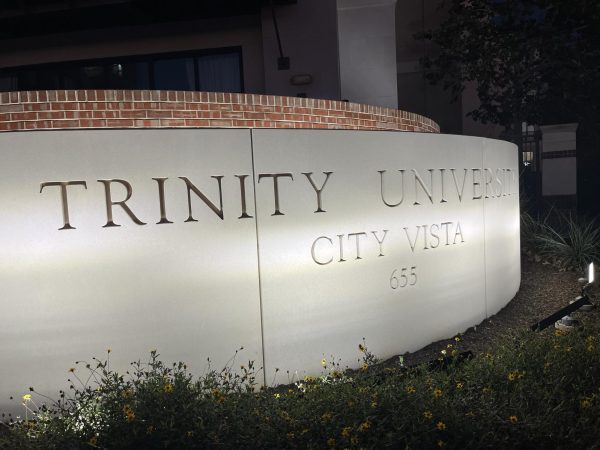Trinity reopens campus to select students
On Aug. 14, 2020, Trinity University opened its campus for the first time since spring break of the previous semester. Of the 967 students who trickled into student housing, 535 of them were incoming first-years, many of whom had never lived away from home. Starting college is never a painless process, and with COVID-19 infecting large swaths of the U.S., this year’s cohort is faced with an even greater sense of uncertainty while entering a semester unlike any other.
The unprecedented nature of the COVID-19 pandemic has led to a dramatic departure from many traditional aspects of campus life, including housing. The university’s three-year housing requirement, initially put in place to foster closer community bonds, has been suspended for the near future. Instead, the university has had to reverse course, attempting to drastically reduce the number of students living within close proximity of one another.
This decision led first to the temporary suspension of the three-year housing requirement for sophomore and junior residents. When that decision did not de-densify residence halls enough to ensure a one-student, one-unit housing situation, it led to the further ejection of students from residence halls.
With the de-densification of campus came the dispersal of first-years to areas of campus not typically populated by incoming classes.
“In addition to the normal first-year area that we’re used to [Beze, Herdon, McLean], we have also expanded first-year housing into the McFarlin [complex], so Isabel, Susanna and Myrtle, as well as Prassel,” said Rachel Boaz Toppel, Assistant Director for Residential Life. “Sophomores are living together in Thomas and Lightner. Our main campus juniors and seniors are living in North and South.”
Alongside the new single dorms, Residential Life has been working to institute a new code of conduct that will allow for the safest possible interactions on campus. Signs now adorn the walls and floors of campus reminding and instructing students on proper health and safety procedures.
Outside the realm of housing, Trinity has also introduced a number of measures designed to minimize and contain the spread of the virus. The University provided COVID-19 testing at the onset of the move-in process and is installing a smartphone-based health tracker app designed to trace the spread of the virus. In order to do this, the University partnered with a private health group, the Florence Medical Group. Murchison residence hall has become Florence’s makeshift headquarters, acting as the university’s active COVID-19 clinic.
“Having this separation from Health Services protects the health of students and staff. Within Health Services we’re offering tele-medicine for student patients for whom it’s appropriate,” wrote Gary W. Neal, Director of Counseling, Health and Wellness Services, in an email interview.
As a result of both individual and community efforts and sanctions, students are faring well in limiting the spread of COVID-19.
“It’s early, but they seem to be doing well. Our public health campaign is working. And of course, we’ve all been hearing and seeing messages about masks and social distancing for several months,” wrote Neal. “Students generally know what they need to do to protect themselves and each other. I am encouraged that our mass testing program revealed a lower infection rate among students, staff and faculty than I expected.”
Due to the fast-paced nature of Trinity’s initial and ongoing COVID-19 response, there are still unanswered questions about what procedures and policies in place are most effective. The University is having to adapt on the fly to a number of new and different pieces of information, including adapting to students’ actual as opposed to expected behavior.
“I think a challenge that everyone is facing right now is that communication piece, because the conditions keep evolving,” said Toppel. “We’ve been in the planning stage for so long, so now that students are on-campus we’re figuring out how students are interacting with these policies and what wasn’t clear in anything that was communicated.”
These challenges and changes go beyond signage as well, being applied to the ways in which policies are enforced and violations are monitored by Resident Assistants (RAs).
“Initially, RAs were instructed to report all witnessed COVID-19 policy violations. This did not end up working out because there were simply too many violations for RAs to report on a daily basis,” said Olivia Lewis, sophomore RA. “The procedure has now changed to where we are instructed to remind students of policy and only report in certain situations outside of resident halls.”
Despite unavoidable areas of uncertainty due to the unpredictability of the pandemic, Neal shares that all efforts are aimed towards doing what is best for the Trinity community.
“I hope that students trust that we have their best interests at heart. We are committed to providing as normal a college experience as possible,” wrote Neal. “Faculty and staff have worked diligently to adapt classes, programs and services. But recognize that the situation is in flux. We are monitoring information from the CDC and Metro Health, synthesizing it and applying it to the unique context of the Trinity campus.”

